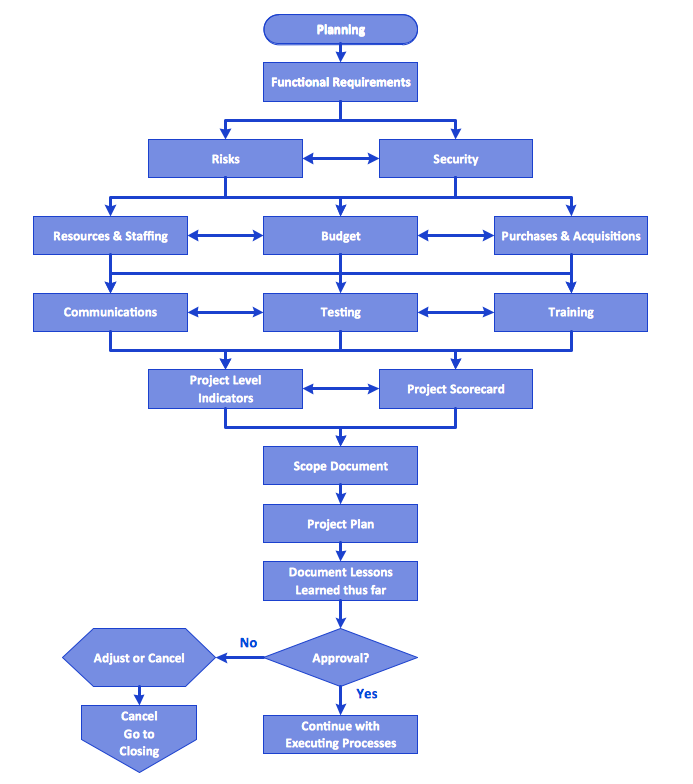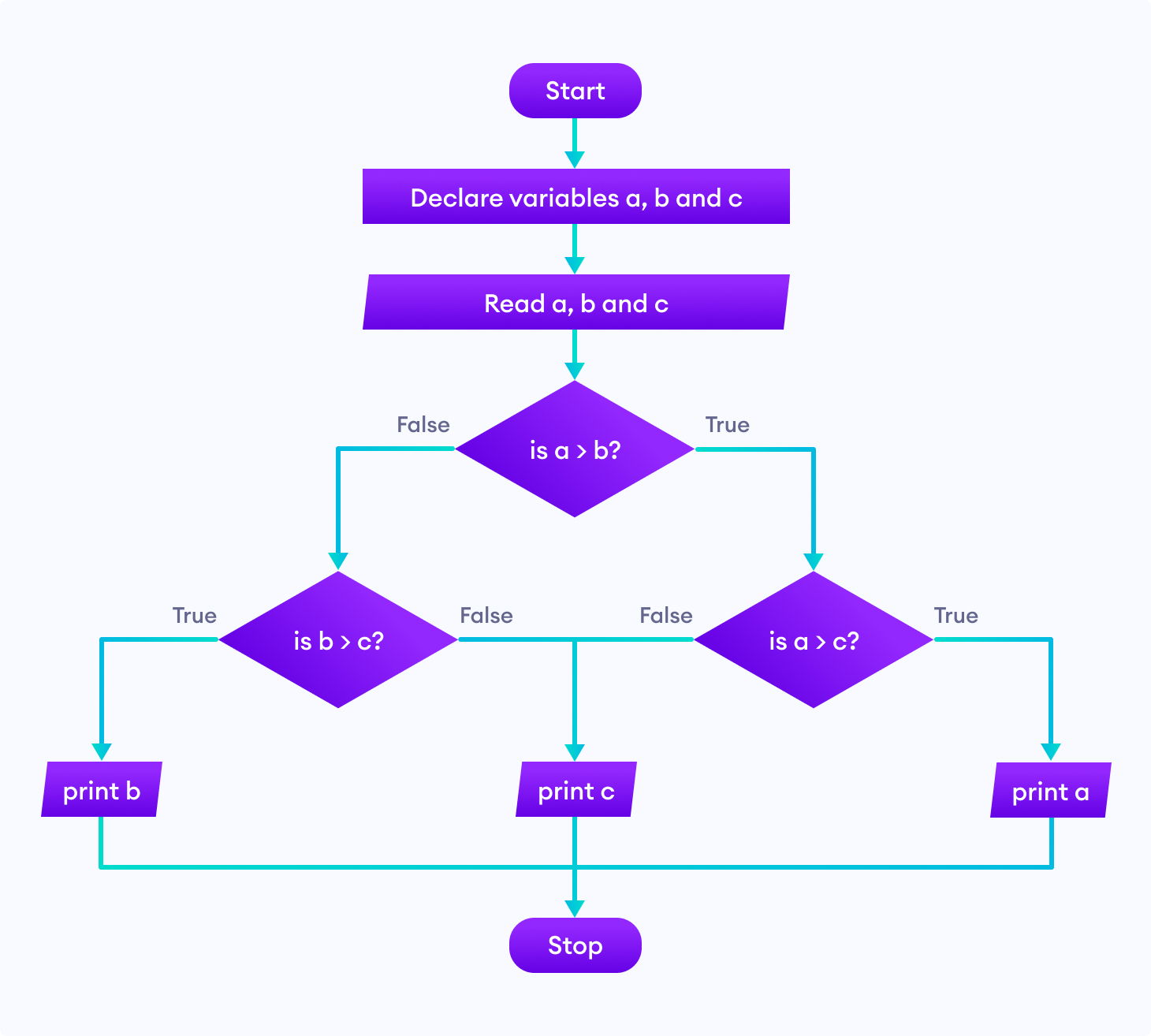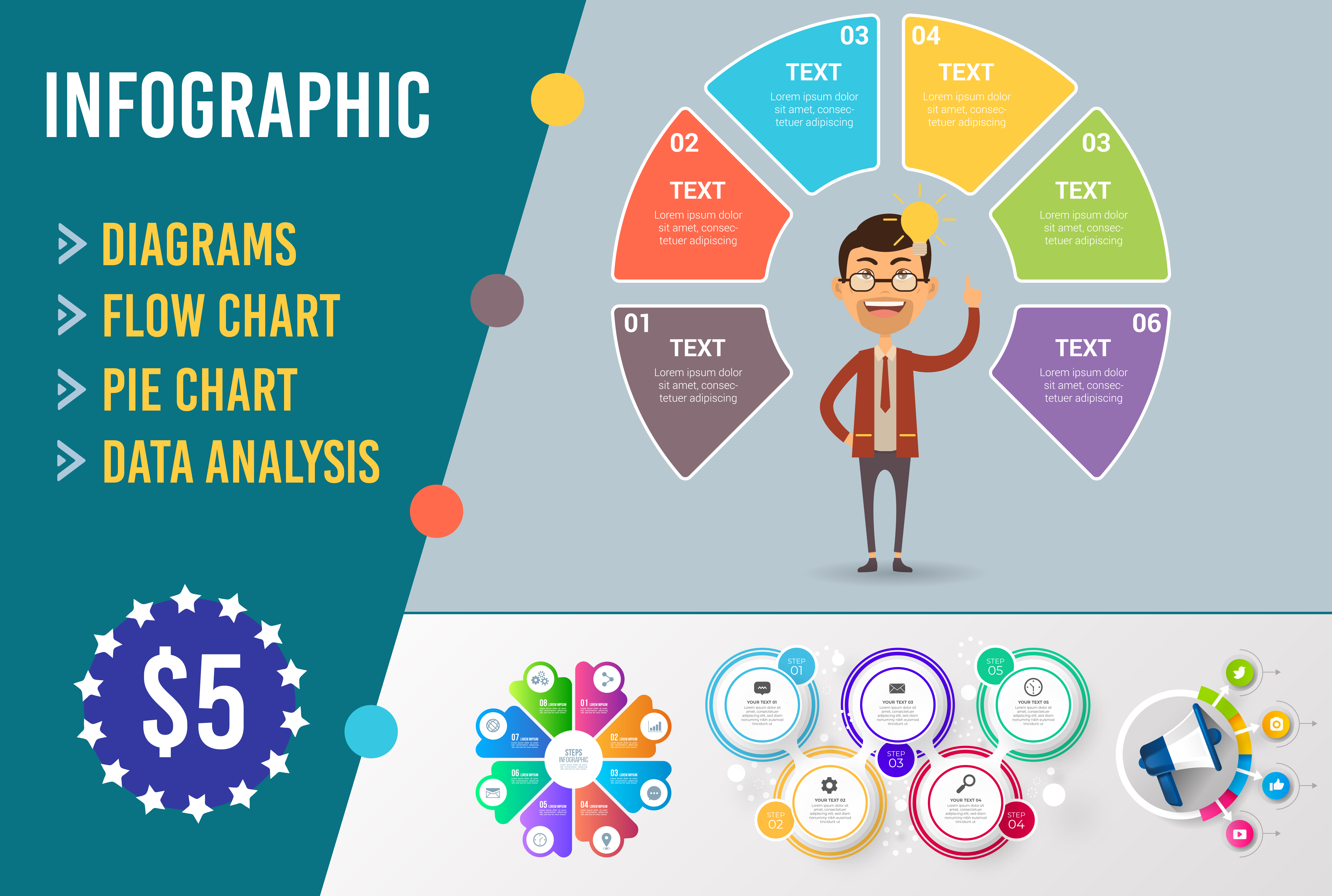

#Creating a flow chart how to#
It covers less of how to do each step and more about the sequence of steps and how they all fit together. Process mapping tends to be more about the flow. It’s often used to provide training materials for new hires, so they can follow every step in a process. Here are a couple of terms that will be helpful when preparing your workflow chart.ĭocumentation usually focuses more on the step-by-step details. To better understand how a workflow chart could be an excellent foundation for your team, let’s explore more. In fact, 76% of executives say project management tools like will be the new normal for businesses in the future. In fact, there are many other visual tools that make workflow management a lot easier-like dynamic tables, Gantt charts, timelines, and Kanban boards:

While they do have standardized symbols in place to help you best understand a process’s steps, they aren’t always the best representation of a business process. Once created, you have a sort of map that gives you an overview of a business process. Workflow charts are used to help team members understand where their tasks fit into the big picture. The end result is a picture that allows you to see how you’ll progress from start to finish. It uses well-known symbols and shapes to identify different stages of a process, and arrows to connect them all. In this article, brush up on the basics workflow charts, including definition, examples, and how to draw inspiration from unified modeling language to map out and streamline your processes.Ī workflow chart or diagram exists to visualize a process. When you create a workflow diagram or chart, you’re essentially executing a process to improve your final outcome. This method isn’t so different from the way we learned in our school days, whether it was the scientific management of an experiment’s process, or referring to a poster that shows the steps of gathering information to take an idea from brainstorm to final essay. If you see inaccuracies in our content, please report the mistake via this form.Workflow charts are a way of visualizing complex information involved in each step of a process with the overall goal of making things easier to understand. If we have made an error or published misleading information, we will correct or clarify the article. Our editors thoroughly review and fact-check every article to ensure that our content meets the highest standards. Our goal is to deliver the most accurate information and the most knowledgeable advice possible in order to help you make smarter buying decisions on tech gear and a wide array of products and services. ZDNET's editorial team writes on behalf of you, our reader. Indeed, we follow strict guidelines that ensure our editorial content is never influenced by advertisers. Neither ZDNET nor the author are compensated for these independent reviews. This helps support our work, but does not affect what we cover or how, and it does not affect the price you pay. When you click through from our site to a retailer and buy a product or service, we may earn affiliate commissions. And we pore over customer reviews to find out what matters to real people who already own and use the products and services we’re assessing. We gather data from the best available sources, including vendor and retailer listings as well as other relevant and independent reviews sites.

ZDNET's recommendations are based on many hours of testing, research, and comparison shopping.


 0 kommentar(er)
0 kommentar(er)
